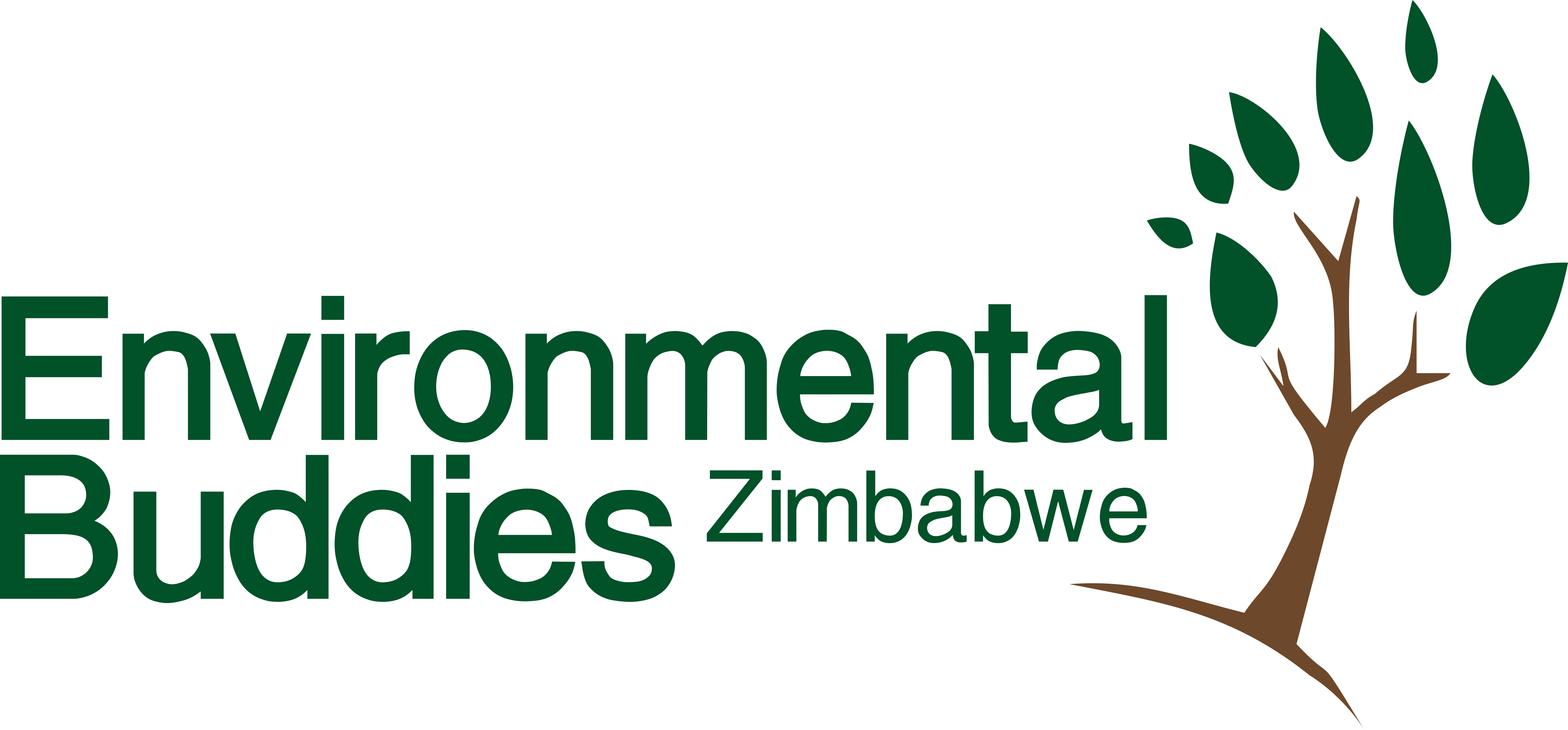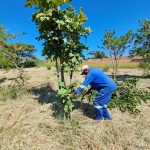Human Wildlife Conflict: One dead, two hospitalised after hyena attack in Marange Ward 29.
What’s causing these hyenas to attack people? Is it because of shortage of food and shrinkage of foraging ground or its mere rabies, the question posed by Mr Mangena Deputy Head for Mukwada Secondary in Ward 29? ‘As a school and community Mukwada secondary, need to give accurate information to learners so that they cascade it into villages. Information is vital for education and awareness to avoid new attacks’, say Mr Mangena. This comes after 3 people were attacked by hyenas on the 11th of October around 10pm leaving one dead on the spot and the other two hospitalised. Wildlife visitations in Marange Communal area, a community that is not traditionally a game reserve are becoming frequent, with some being fatal. In 2019 a teacher was attacked and killed by an elephant, two elephants were sighted again in 2021, and this year 2023 buffaloes visited the same communal area.
What a good and timely question?
Mr Mashava from ZimParks had this to say. ‘Brief background regarding game. We have two groups of wildlife namely resident and migratory game. By resident we refer to game which exists in a given area where community can co-exists with them. Resident game extends from birds, rabbits, hyenas, jackals, etc and these species utilise the habitats available in communities. However due to landuse changes including the coming in of mining in Marange and subsequent fencing of properties, sprouting human settlement and clearing of land for farming, wildlife habitat has been dwindling resulting in clashes between humans and wildlife.
By migratory we refer to game that can seasonally cross from one point to the other as the seasons shift.’ In this case from 2019 incident Elephants, Lions and Buffaloes have been crossing from Save Valley conservancy into Buhera, Mutare Rural, Chipinge and Chimamimani District.
Climate change and environmental degradation have also been highlighted as the hamartia for human wildlife conflict in Marange. Impacts of climate change both in Save Valley Conservancy and in Mutare District have caused an increase in poaching, settlements in and near game parks and introduction of domesticated animals which are an easy prey, setting the perfect stage for clashes between wildlife and humans.
Species such Hyenas which are nocturnal in nature do not necessarily need heavily forested areas to survive, they only need Mountains and thickets to hide during the day and active at night as they are night hunters. What they need is sufficient protein so that they are able to reproduce. Now that food is scarce in game parks they have started moving into settlements in search of protein where livestock make up for easy prey. They are well known for attacking goats because goats are smaller but if the pack is big they can also attack cows. They rarely attack humans. On the other hand communal people after the agriculture season they don’t pen their livestock giving the carnivorous high catch per effort during night hunting.
Major drivers of Human Wildlife Conflict are
- Shortage of habitat/space- changes in land use eg sprouting of settlements, mining and agriculture are eating away game home ranges
- Shortage of game food- poaching and overharvesting of wild fruits reduces the amount of food available for game animal. Currently we are seeing truckloads of mashuku/mazhanje being transported into Mutare and sold on vegetable stalls yet that’s the food for baboons and other wild animals.
Impacts of Human Wildlife Conflict
It is evidently clear that the uncontrolled interaction between game and people have far reaching consequences
- loss of lives for both humans and animals
- loss of property
- spread of zoonotic diseases eg rabies and malignant catarrhal fever
The solutions to our plight are not limited to the following
- Embrace co-existence gospel. Locals must study behaviours of game and adapt. In case of hyenas, they hunt at night, so every livestock owner must ensure their goats; sheep and cattle are locked up at night.
- Reduce hyena carrying capacities through problem animal control.
- There is need to protect and conserve protected areas, if they are degraded more and used for settlement this will only spark human wildlife conflicts.
- Education and awareness in human wildlife conflict at a community level.
- Campfire initiatives- Communal Areas Management Programme for Indigenous Resources(CAMPFIRE). Mutare RDC does not have appropriate authority status for it to be able to utilise resources in their District. In Manicaland province only Chipinge and Buhera District have CAMPFIRE authority status. The Campfire initiatives for the two Councils are ensuring that the overflowing game from protected areas like Mahenye in Chipinge, from Gonarezhou is hunted by Community and each ward is getting Ward dividends and now building schools, clinics and piped water scheme.
WHAT IS CAMPFIRE
In the early 1980s, the then Department of National Parks and Wildlife Management Authority and Wildlife Management developed the Communal Areas Management Programme for Indigenous Resources (CAMPFIRE) that was aimed at giving full control of wildlife management to rural communities.
What are the aims of campfire?
CAMPFIRE is a framework to conserve wildlife and fight poverty by giving rural communities, through their rural districts councils, the authority to manage and use local resources, particularly wildlife, to derive economic benefits.
CAMPFIRE was designed that communities would invest in environmental conservation if they could exploit wildlife resources on a sustainable basis for their own benefit. Appropriate Authority (AA) status was given to Rural District Councils as they are the land holders in communal lands.
Although CAMPFIRE was meant to be the best vehicle for sustainable community based wildlife management several limitations for effective implementation were encountered. Despite the best of intentions, there have been so many challenges experienced since its adoption. The programme is struggling to fully generate benefits for communities and conservation. There is need for tweaking CAMPFIRE in order to enhance community benefits from natural resources, increase the flow of benefits to communities, reduce encroachment into wildlife areas and improve the sustainability of the wildlife resources.
- Empowering Marange’s Youth: Celebrating Africa Environment Day at Holy Ghost High School - March 14, 2024
- Sowing Seeds of Hope: Rejuvenating Chiadzwa’s Environment Through Tree Planting” - March 11, 2024
- 5 Years On. Growing Green: Cultivating a Sustainable Future For Macheke’s Children - March 11, 2024




